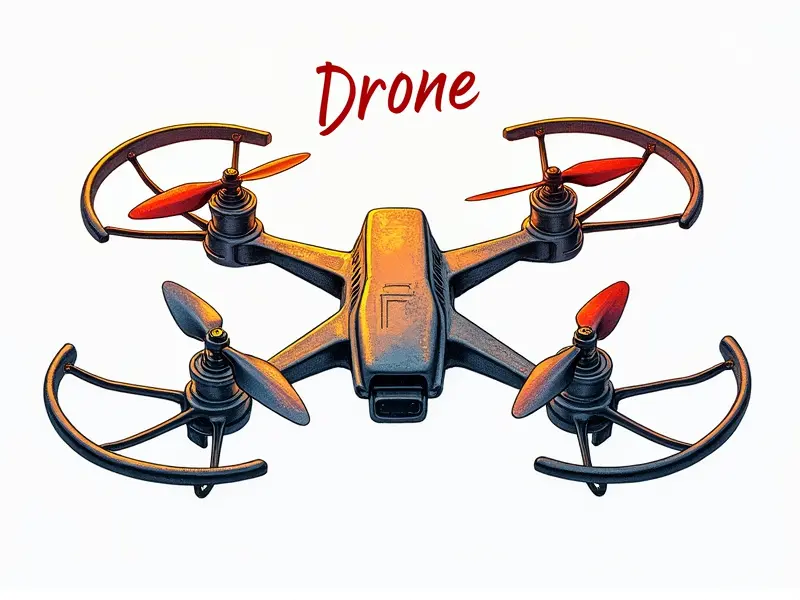How to repair RC airplanes?

Fixing Common RC Airplane Issues
RC airplanes can suffer from various issues due to wear and tear or accidents. Whether it's a cracked wing, malfunctioning servos, damaged propellers, or electrical problems, knowing how to address these common issues is crucial for maintaining your hobby. This guide will walk you through essential repairs that every RC pilot should know.
Essential Tools for RC Plane Repairs
To effectively repair your RC airplane, having the right tools on hand is paramount. Here are some must-have items:
- Screwdrivers: A set of precision screwdrivers in various sizes.
- Cutters and pliers: For cutting and bending wires and components.
- Hot glue gun: Great for quick fixes and adhering parts together.
- Soldering iron: Essential for repairing electrical connections.
- Multimeter: To test the condition of batteries, servos, and other electronic components.
- Rubber cement: Useful for bonding foam wings without damaging them.
How to Repair Cracked RC Wings
A cracked wing is a common problem that can significantly affect the performance of your RC airplane. Here’s how you can repair it:
- Clean and prepare the area: Remove any loose pieces or dirt from around the crack.
- Apply rubber cement: Dab a small amount on both sides of the crack for reinforcement.
- Add support structure: Use thin sticks or carbon fiber rods to reinforce the weakened area.
- Cover with tape: Apply electrical tape over the repair for added strength and protection.
Replacing Servos in RC Airplanes Easily
Servos can wear out or get damaged, but replacing them is relatively straightforward. Follow these steps:
- Disconnect power: Ensure the battery pack is disconnected to prevent any accidental activation.
- Identify and remove faulty servo: Use a screwdriver to carefully unscrew and remove the old servo from its mounting location.
- Install new servo: Position the replacement servo in place, ensuring it aligns correctly with control horns.
- Connect wires: Reconnect the signal wire and power leads to the receiver and battery pack.
Simple Solutions for RC Prop Damage
A damaged propeller can be a quick fix if you have spare parts available. Here’s how to handle it:
- Inspect damage: Determine the extent of the damage and whether replacement is necessary.
- Order or swap props: If you don’t have a spare propeller, order one from your preferred supplier.
- Install new prop: Carefully remove the old damaged propeller and install the new one securely.
D-I-Y RC Wing Warping Fix
If your wing warps or twists during flight, it can cause instability. Here’s a DIY solution to fix this issue:
- Identify warped areas: Look for any signs of twisting in the wings.
- Add stiffeners: Apply small strips of carbon fiber or balsa wood to reinforce weak sections.
- Bond with glue: Use a strong adhesive like epoxy to bond the stiffeners securely.
Easy RC Engine Starter Maintenance
Maintaining your engine starter is crucial for reliable starts. Here’s how to keep it in top condition:
- Lubricate regularly: Apply a light oil to the gears and moving parts.
- Clean debris: Remove any dirt or dust that accumulates around the starter mechanism.
- Inspect for wear: Check for signs of excessive use, such as worn brushes or damaged gears.
Troubleshooting RC Plane Electrical Issues
Electrical problems can be frustrating but are often simple to resolve. Here’s how to troubleshoot:
- Check connections: Ensure all wires and connectors are securely fastened.
- Voltage testing: Use a multimeter to verify battery voltage and check for any shorts.
- Battery condition: Replace batteries if they show signs of depletion or leakage.
Fast RC Fuselage Crack Solutions
A cracked fuselage can compromise the integrity of your plane. Here’s how to fix it quickly:
- Clean area: Remove any debris from around the crack.
- Apply hot glue: Use a hot glue gun to fill in the gap and reinforce the crack.
- Add reinforcement tape: Wrap electrical or duct tape over the repair for added strength.
Quick Guide to RC Plane Repairs
Maintaining your RC airplane is essential to keep it flying smoothly. This quick guide covers common repairs and maintenance tasks, ensuring you're always ready for flight:
- Regular inspections: Check all components before each flight.
- Keep spare parts handy: Stock up on commonly replaced items like servos and propellers.
- Maintain tools: Keep your repair toolkit well-stocked and in good condition.
RC Landing Gear Maintenance Tips
Landing gear is critical for safe landings, so regular maintenance is necessary. Here’s how to keep it in top shape:
- Inspect for wear: Look for signs of damage or excessive use.
- Lubricate pivots: Apply a light oil to moving parts for smooth operation.
- Check alignment: Ensure the gear is correctly aligned with the fuselage and wheels are properly set.
Conclusion
Maintaining your RC airplane involves regular checks, proper repairs, and using the right tools. By following this guide, you can address common issues and keep your aircraft in optimal condition for enjoyable flying experiences. Remember to always prioritize safety and adhere to manufacturer guidelines for best results.

